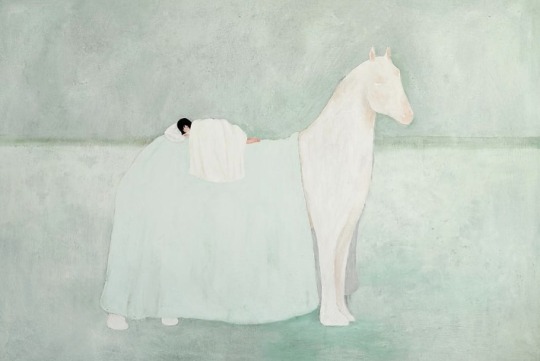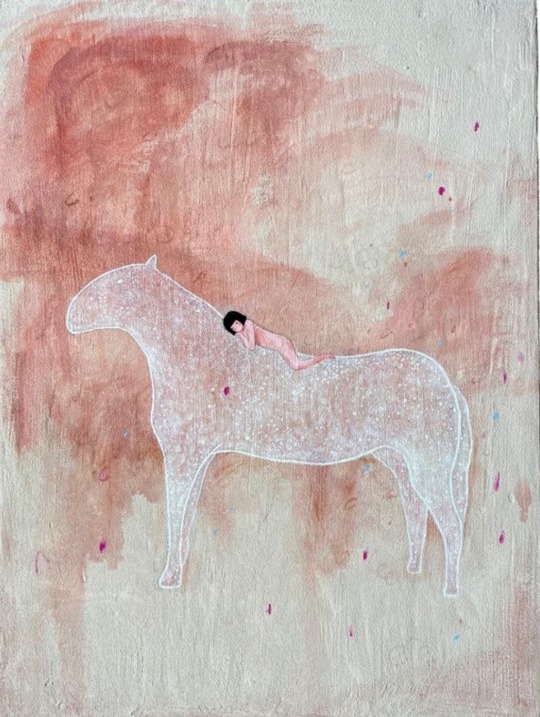#yishi chen
Explore tagged Tumblr posts
Photo

yishi chen
5K notes
·
View notes
Photo





杨洋 (Yang Yang) as 叶修 (Ye Xiu)
江疏影 (Jiang Shuying) as 陈果 (Chen Guo)
赖雨蒙 (Lai Yumeng) as 苏沐橙 (Su Mucheng)
李沐宸 (Lin Muchen) as 唐柔 (Tang Rou)
赖艺 (Lai Yishi) as 包荣兴 (Bao Rongxing)
As a hardcore novel and anime fan, I'm extremely nervous about this drama adaption. Please don't stain this legend.
92 notes
·
View notes
Text
Zhou Enlai’s legendary life
Introduction

For the final project, I want to talk about one person. Zhou Enlai, the first premier of People’s Republic of China. Most of Chinese respect Zhou. Zhou spent his whole life for the revolution of New China. Zhou’s life is also the Modern China history. No Zhou Enlai, No communist party of China.
Early learning
Zhou spent most of his learning time in Tian Jing. I learned a story about Zhou when I was in middle school.
On that day, the headmaster asked the students a question: "why do you read books?"

The students answered enthusiastically. Some said, "to read for the sake of reason." Some said: "to be an official and read."Others said, "read for money." "Read books for meals"...
Zhou Enlai sat quietly, without taking the speech. The principal noticed, the gesture made everyone calm down, and asked him to answer. Zhou Enlai stood up and replied with a clear and determined answer:
"Reading for the rise of China!"
The President of wei gave a lift! He never thought that a boy of twelve or three was so ambitious and ambitious! He opened his eyes wide and asked, "why do you say that again?"
"Reading for the rise of China!"
The young Zhou Enlai realized then that the Chinese should not be bullied by imperialists to revitalize China. Read books, and that is the goal.

In the summer of 1913, zhou Enlai came to tianjin for the first time. He was only 15 years old. This summer, he failed because of the oral English examination unqualified first choice - Beijing tsinghua school entrance exam, his second volunteer in tianjin nankai school accepted him. Tianjin nankai high school is a private school founded by famous scholar yan xiu in late qing dynasty. When zhou Enlai came into the south, the actual head of the school was zhang boling. With experience abroad, he is not advocating a simple from test scores to assess students, more emphasis on art and so on various aspects of morality, intelligence and physique of students all-around development, which makes the air of freedom, democracy fills in the modern school garden is famous for not hidebound. The lively atmosphere of nankai infected him, which gradually changed him. By taking part in group activities and making friends, he is less shy; By joining the Chinese association, he practiced eloquence and writing skills. Not only that, he was chosen by the school's drama troupe, which starred in "the family of dolls", "one dollar", "one man's head" and "xin cun zheng".In his later political career, he was trained to use stage skills to shout for the future of the nation. Students are supposed to be academically heavy, but who can concentrate on books at the threshold of national destruction? This is especially true of zhou Enlai, who is full of patriotic blood. In fact, in 1915, after the signing of "twenty one", he showed great patriotism. In August of that year, hot summer, zhou Enlai twice as representatives of nankai middle school students in tianjin hebei park in tianjin groups to protest against "article 21" rally speech activity, pressure on the authorities. When he spoke of the excitement, he was so indignant that he was in tears.
In late 1920, zhou Enlai left tianjin shortly after his release from prison and went to work in France. At this time, his connection with tianjin was not interrupted. He worked as an overseas reporter of the yishi newspaper to convey the situation of foreign countries to tianjin. Stay in touch with his lover, deng yingchao.
Revolutionary Road

Zhou Enlai is not a good general; however, he used his pen and his mind as his warrior to fight. At the time, zhou Enlai and Yang hansheng proposed the establishment of "the national association for the arts and arts of China" (hereinafter referred to as the national civil society). Zhou Enlai immediately thought of Lao she, he was also full of patriotism, he was about to devote himself to the work of the anti-japanese national salvation. At that time, Lao she lived in the home of general feng yuxiang, and zhou Enlai went to visit Lao she in person to establish the national association for the Anti-Japanese War. This is a fully private organization, led by the chief executive in the name of the general. No provision was made at the beginning of the preparatory process, donated by general feng yuxiang. It was proclaimed in March 1938.Zhou Enlai and feng yuxiang were elected honorary presidents at the inaugural meeting.At that time, kong luo sun, leaf, hu feng and other active participation in the work. Wuhan will always move to chongqing after being lost.Later, MAO dun, bing xin, ba jin all participated in the various activities of the national association. Nie a crossbow, ge a rainbow and other works in the association. The editors published the literature of Anti-Japanese War and literature, including the kuomintang literati wang pingling and cui wanqiu. At the same time, local chapters are set up. In yan 'an, the "literary and art world anti-enemy association" was also established in yan 'an, led by ding ling. During the eight years of resistance, the national association of cultural and cultural associations and the people of all parts of the country have united the power of the arts and the world and played an important role under the banner of patriotism.
Cultural Revolution
In my point of view, Zhou Enlai did a very important role in Cultural Revolution. Many important workers would die at that time without Zhou Enlai. The "cultural revolution" campaign for the last 10 years, there are all kinds of sports interwoven, such as: red guards movement, the number of "upstream" in February, corrects the bucket movement, batch rectification, paying, the right-leaning resurgence, Chen back right FanAnFeng, and so on. These movements, under MAO's call and under the great banner of the "cultural revolution", affected all aspects of the country, making the society long and volatile.1967 years later, after zhou Enlai, the large amount of work in MAO zedong, under the approval of the central launches to maintain social order, to ensure that national supplies equipment, the command of people's life and property safety, adopt measures to protect foreign embassies and consulates, and foreign nationals, and decided to some of the most of provinces, municipalities and the party and government departments under military control. All of this has poured into the heart of zhou Enlai, which in the end caused a serious mess to be contained in early 1968.But because MAO zedong insisted that a "continuing revolution under the dictatorship of the proletariat" to Lin biao, jiang qing and the destruction of the two groups, the movement may not like MAO zedong thought over two or three years, but dragged on for 10 years. Because of the existence of zhou Enlai and hard-working, patient, and to a certain extent, slow down the historic disaster strike, and maintain the normal operation of the party and state machine.
Zhou Enlai’s Great wisdom

During the cultural revolution, a group of red guards in the city of sheyang, jiangsu province, visited Beijing and premier zhou received them. The red guards asked for the name of the county to be changed, citing the word "shooting Yang". After listening to them, premier zhou laughed. They did not understand why the prime minister was laughing and a few eyes on the prime minister's face. The premier said: "the two words are very good, I see not to change." You guys are going to look at the question, why don't you look at the positive side and the negative side? I say "shoot Yang" two words very good, because my opinion, is not an arrow shot red sun, but the red sun is radiant. Premier zhou was so afraid that they could not hear clearly, and repeated a word of explanation to the sun. The sun was shining in the red sun." And he laughed again. The red guards also laughed because they were convinced by the prime minister's speech that it was better known as the county.
Premier zhou hosted a banquet for foreign guests. A soup dish, the winter bamboo shoots are carved according to the national pattern, and a turn in the soup turns into a symbol of fascism. When the visitor saw this, he was shocked. Premier zhou also felt suddenly, but he calmly explained, "this is not a symbol of fascism! This is a pattern in our Chinese tradition, the meaning of 'wan', symbolizing 'longevity and longevity', is a good wish for the guests! Then he quipped, "it's not even a fascist symbol! Let us all come together to destroy the fascists and eat it!" The speaker laughed, and the atmosphere was more intense, and the soup was polished by the guests.
"Chinese people like to walk with their heads down, while we americans always walk with our heads up," a former official said in front of premier zhou during his delegation's visit to China. The words surprised four people. Premier zhou was not in a hurry, and said with a smile, "this is not surprising. Because we Chinese like to go uphill, and you americans like to go downhill." A foreign reporter once asked zhou Enlai, "why do you call the road when you are in China?" Premier zhou replied without hesitation: "we are going on a marxist road, short for roads."
0 notes

